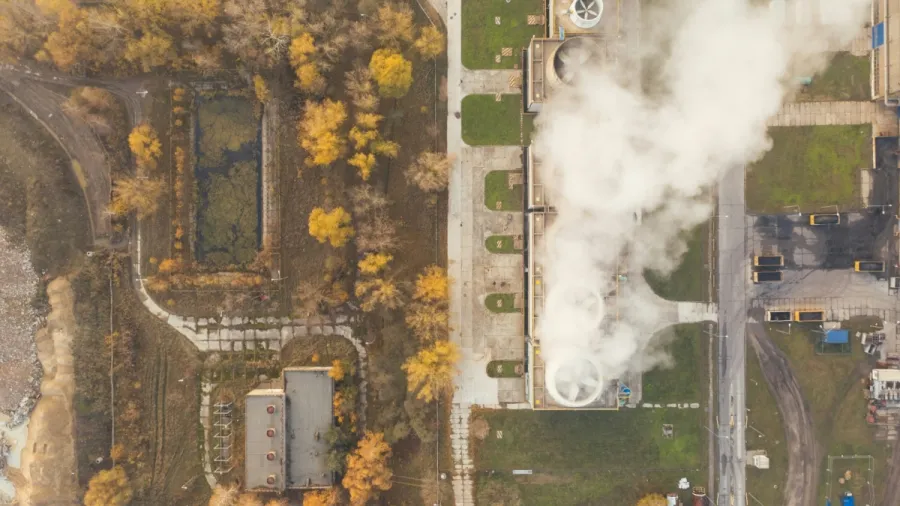
What will affect Australia’s LNG exports amidst shifting global market?
It may be time for Australia to develop other export market.
Top liquified natural gas (LNG) exporter Australia may have a “gloomy future” as it faces tighter competition and slowing demand in the exports market, the Institute for Energy Economics and Financial Analysis (IEEFA) said.
In the report “The Future of Australian LNG,” Joshua Runciman, IEEFA’s lead analyst, Australian gas and the report’s co-author, noted: “Between now and 2028, global LNG markets will see a staggering 40% increase in supply, driven by unprecedent investments in new capacity by low-cost suppliers such as Qatar.”
He said this will flood the market with cheaper LNG, leaving Australia’s industry, with its relatively high costs, potentially struggling to compete and remain viable.
Australia’s key buyers, such as Japan and South Korea, have also started decreasing dependence on LNG. This leaves it with emerging markets as the main demand driver, but there is still uncertainty about how much growth can be expected, Runciman noted.
IEEFA said the situation may still worsen in the 2030s as Australia’s long-term sale and purchase agreements, which account for about three quarters of its LNG exports, begin to expire.
If Australia fails to secure extensions for these, it will be forced to sell growing volumes of uncontracted LNG capacity into spot markets, where it will need to compete with Qatar as well as surplus LNG from portfolio players and major buyers, it noted.
“Australian LNG producers are likely to become increasingly exposed to the LNG spot markets from 2030, which by then will be awash with uncontracted gas looking for end buyers,” said Kevin Morrison, energy finance Analyst, Australian Gas and the report’s co-author.
According to Morrison, it is widely expected that LNG spot prices will fall in the future due to excess supply. This could lower the returns to any Australian LNG producers with exposure to spot markets, he noted.
IEEFA said these problems, along with high capital costs in Australia, may prevent new LNG projects from reaching final investment decisions. This includes the NTLNG project linked to the Middle Arm precinct having capital costs higher than the total cost of production from Qatar LNG.
“The development of new gas fields to backfill existing LNG trains could also be at risk, while existing LNG projects may also face cost pressures. Moreover, tightening domestic supply conditions and a need to maintain social licence will likely see gas that could be exported increasingly diverted to the domestic market,” IEEFA said.
All these factors could pull Australia’s LNG exports down in the coming years, leading to LNG and gas infrastructure mothballing before the end of their useful life.
“It is vital that Australia shifts its focus to developing new export markets in which Australia is likely to have a comparative advantage,” Runciman said.













 Advertise
Advertise











